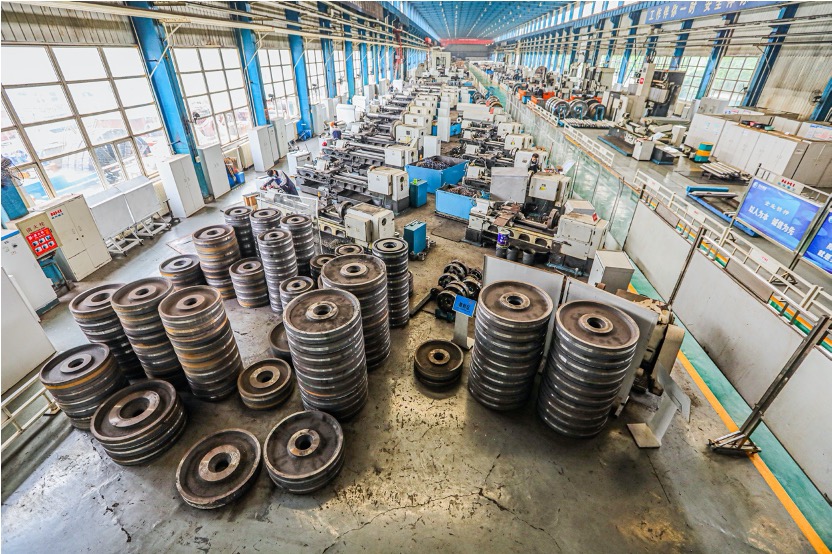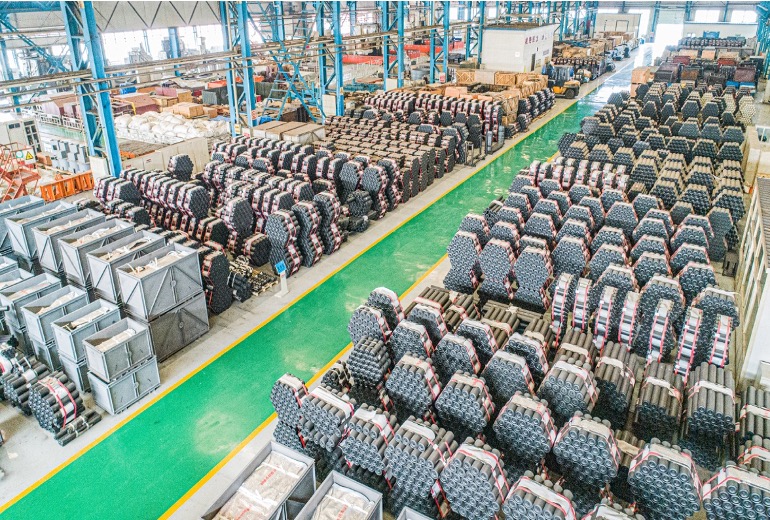NHI Headlines
NHI’s Information Design of Conveyors Improves Efficiency By More Than 30%
Recently, there was good news from the Conveying Equipment Design and Research Branch of Northern Heavy Industries Design and Research Institute, as one of the key projects of the annual scientific and technological development of NHI, the substantive results have been achieved in standardized, modularized and parameterized design and development of the universal components of the belt conveyor, which would improve the design efficiency by more than 30%.

After NHI’s restruction, with the strong support of Fangda Group, the upgrading of traditional product technology and the research and development of new product design were accelerated to realize continuous innovation, and the product design means was developed from 2D plane design to the three-dimensional, modularized, parameterized and networked direction.
The belt conveyor and its components are non-standard and customized. The design results of different designers are different, and the traditional design software and design process is relatively simple and time-consuming,the speed of responding to customer needs is limited, which is difficult to meet the personalized needs of customers and seriously restricts the development of core technologies.
In the process of the design and development of the universal parts of the belt conveyor, five innovative measures in terms of standardization, modularization, parameterization structure and workflow were taken by the design and development personal of NHI through analyzing the former three-dimensional parametric implementation and promotion of adverse reasons. Firstly, based on SolidWorks design platform, 3D parametric design and R&D were carried out to improve development efficiency and later use efficiency in the later service efficiency. The second is to standardize the model structure. The product standard structure was improved and refined from the previous qualitative description to the quantitative structure solidification, which was conducive to the promotion of the model standard structure. Thirdly, the compilation of serialization and modularization manuals were to improve the generalization and standardization of products, which was conducive to reducing the design, process, manufacturing and procurement costs of products and components and shortening the design and manufacturing preparation cycle. The fourth is to develop a 3D platform with strong applicability and combine it with the company's existing PLM system to meet the requirements of 3D data and 2D drawing conversion and product BOM import and output. The fifth is to establish a complete and universal design and research and development process for common parts of the belt conveyor, so as to realize the extensible and sustainable updating of future models and data.

There were about 400,000 total data, 100,000 logical codes and more than 3,000 parametric models during the design and R&D of “Standardization, Modularization, and Parameterization” of belt conveyor universal parts. Through the joint efforts of the design and research personnel of the Conveying Equipment Design and Research Branch of Northern Heavy Industries Design and Research Institute, the three-dimensional models and parametric development of typical structures of the belt conveyor universal components, such as the pulley, idler, roller, head frame, tail frame, take-up and etc, have been completed. Therein, the idlers have successfully passed the design, standardization, process, PLM trial of the whole process.
The design and development of "Standardization, Modularization, and Parameterization" of universal parts of belt conveyor was the first application in China. It can greatly reduce the repetitive work of designers, improve the design quality, improve the design efficiency by more than 30%, and shorten the technical preparation period. At the same time, it can quickly respond to the customized needs of customers, play a full role in the design phase, and quickly complete a variety of design proposals and compare them to find the best option.
The design and R&D of “Standardization, Modularization, and Parameterization” of belt conveyor universal parts provided data support for the future digital development of belt conveyor products and the realization of product information management. It would lead to the technical development of the conveyor industry and enhance the competitiveness of NHI in this product market.